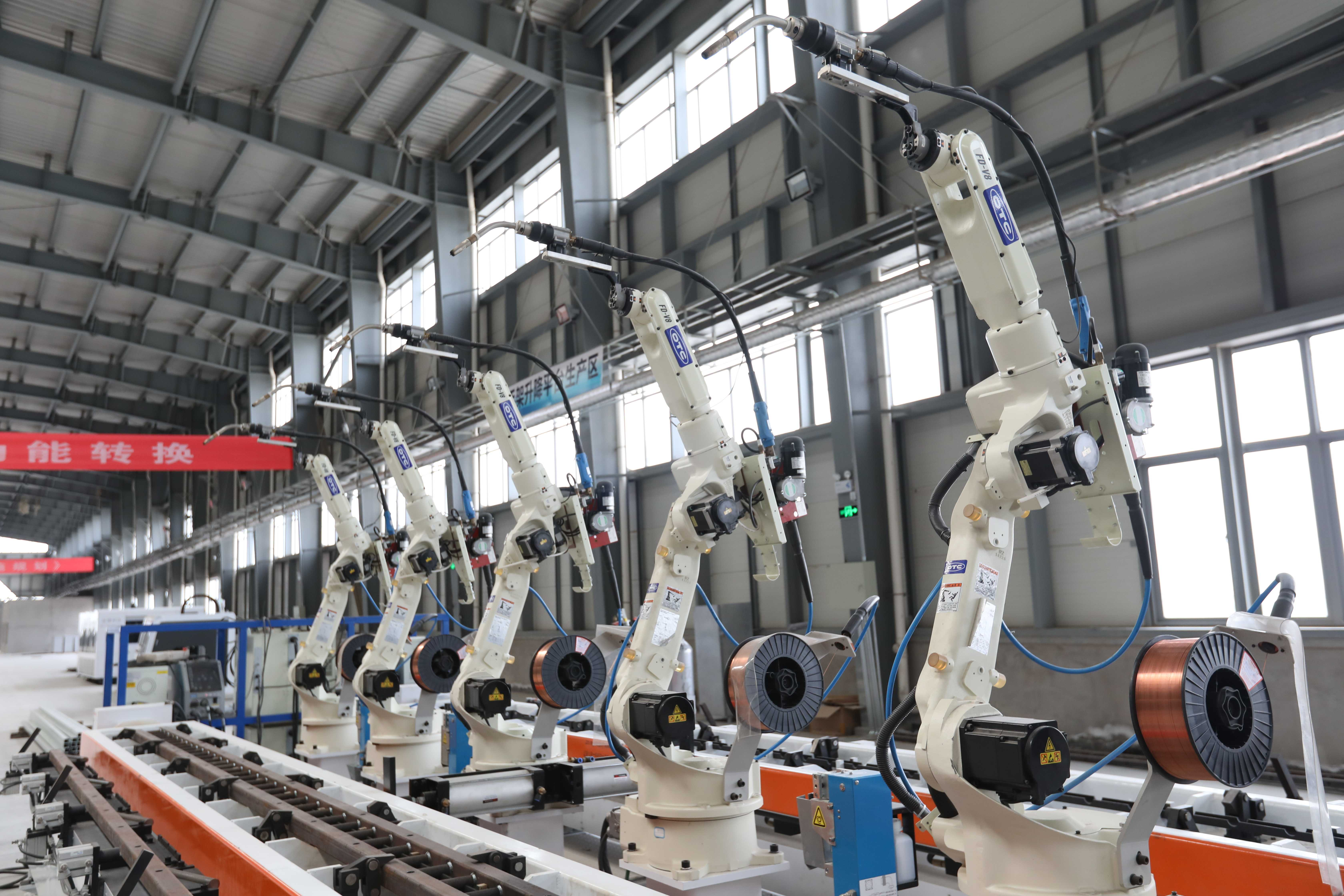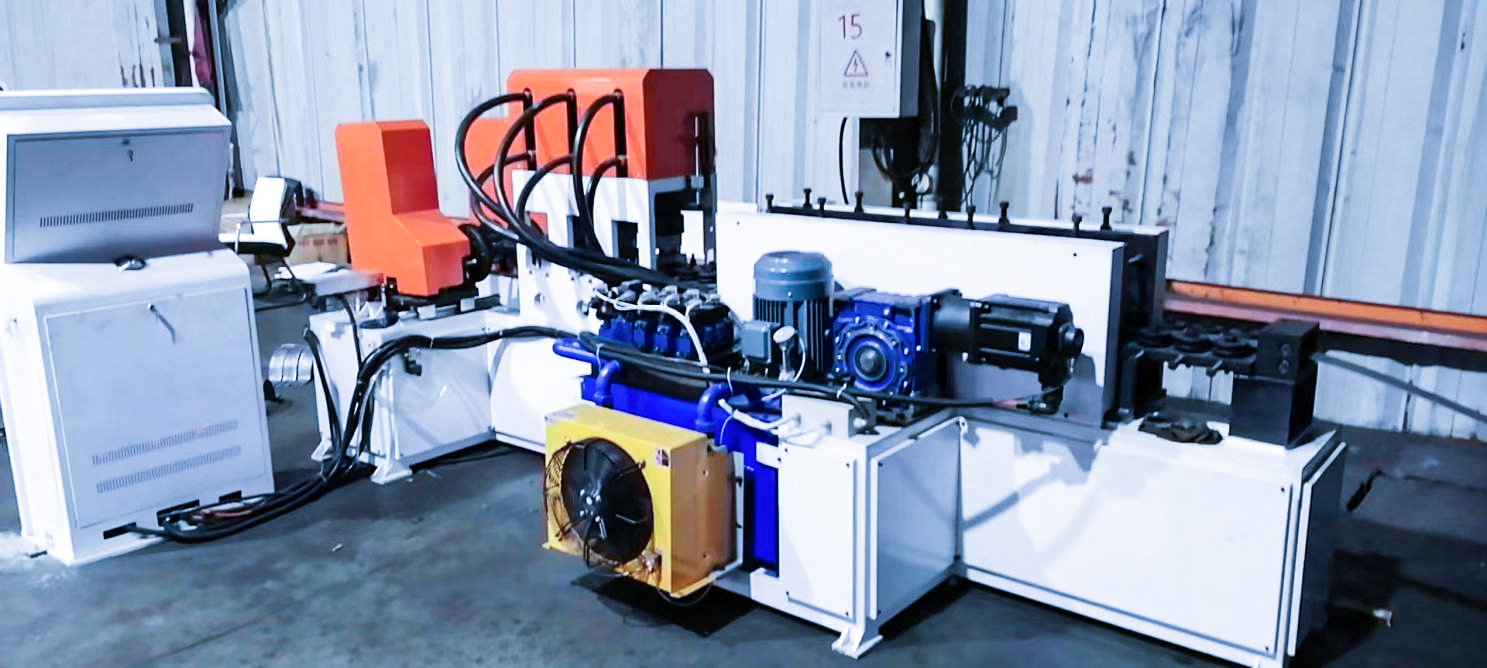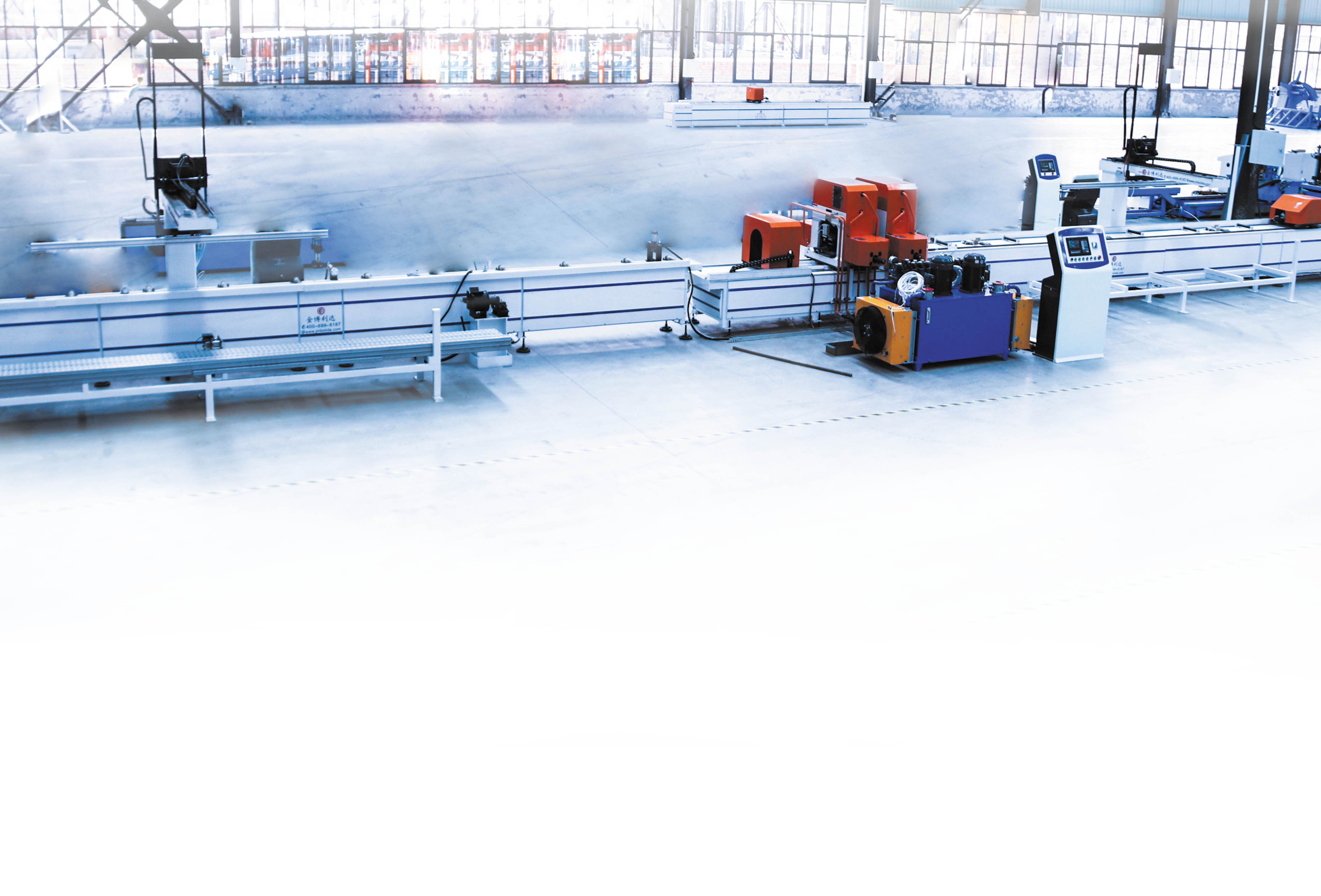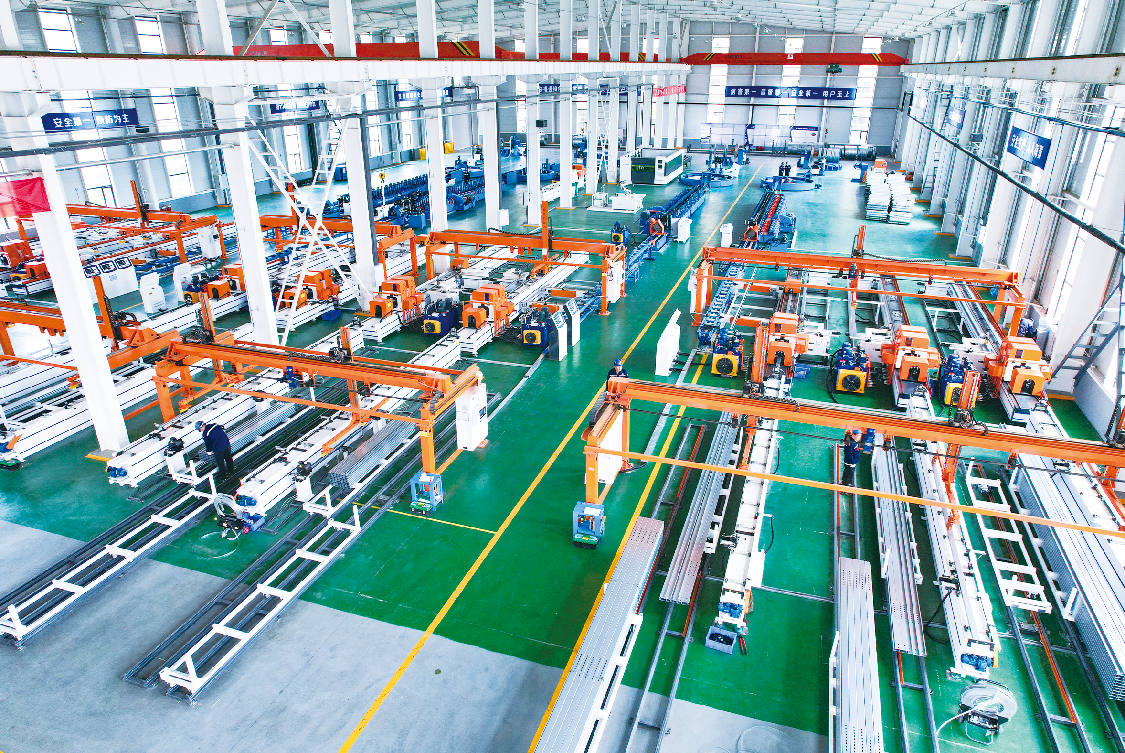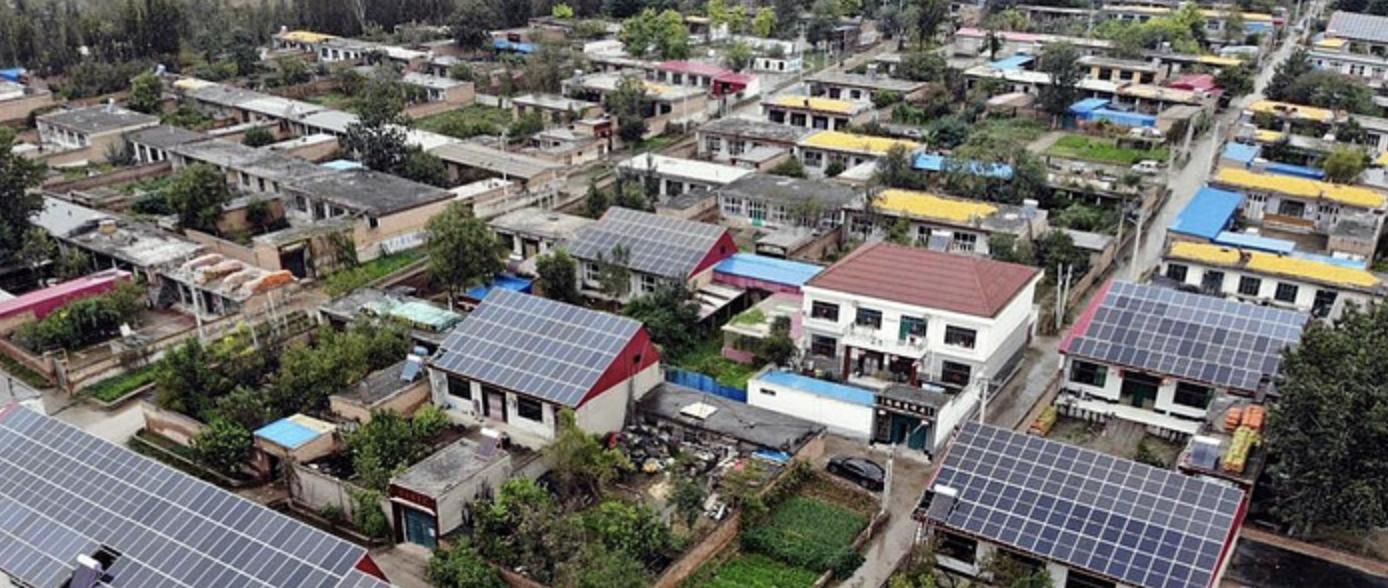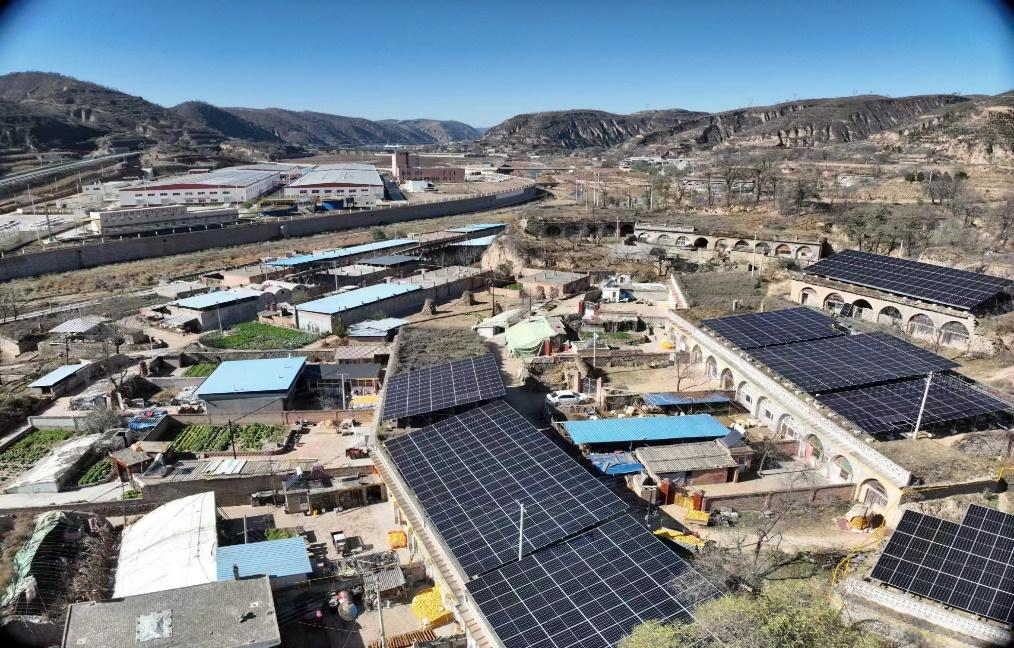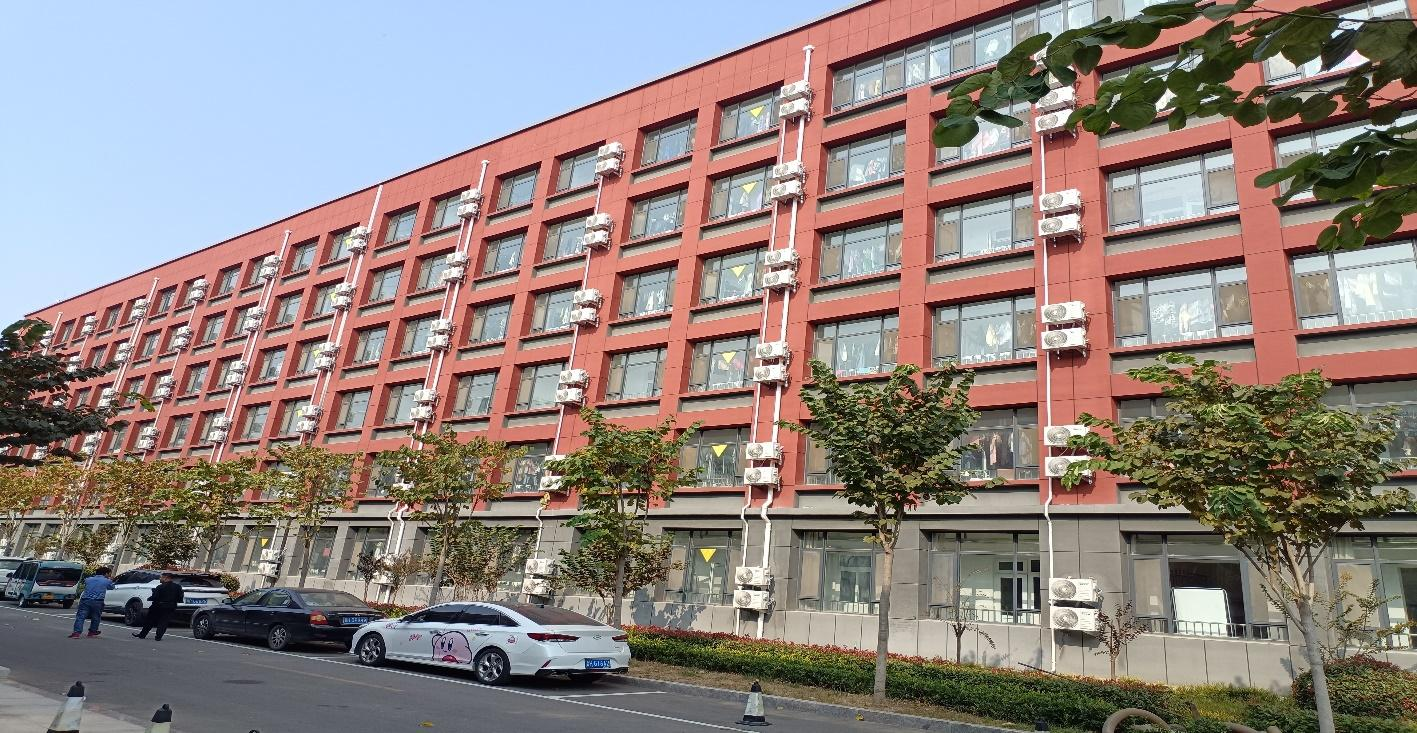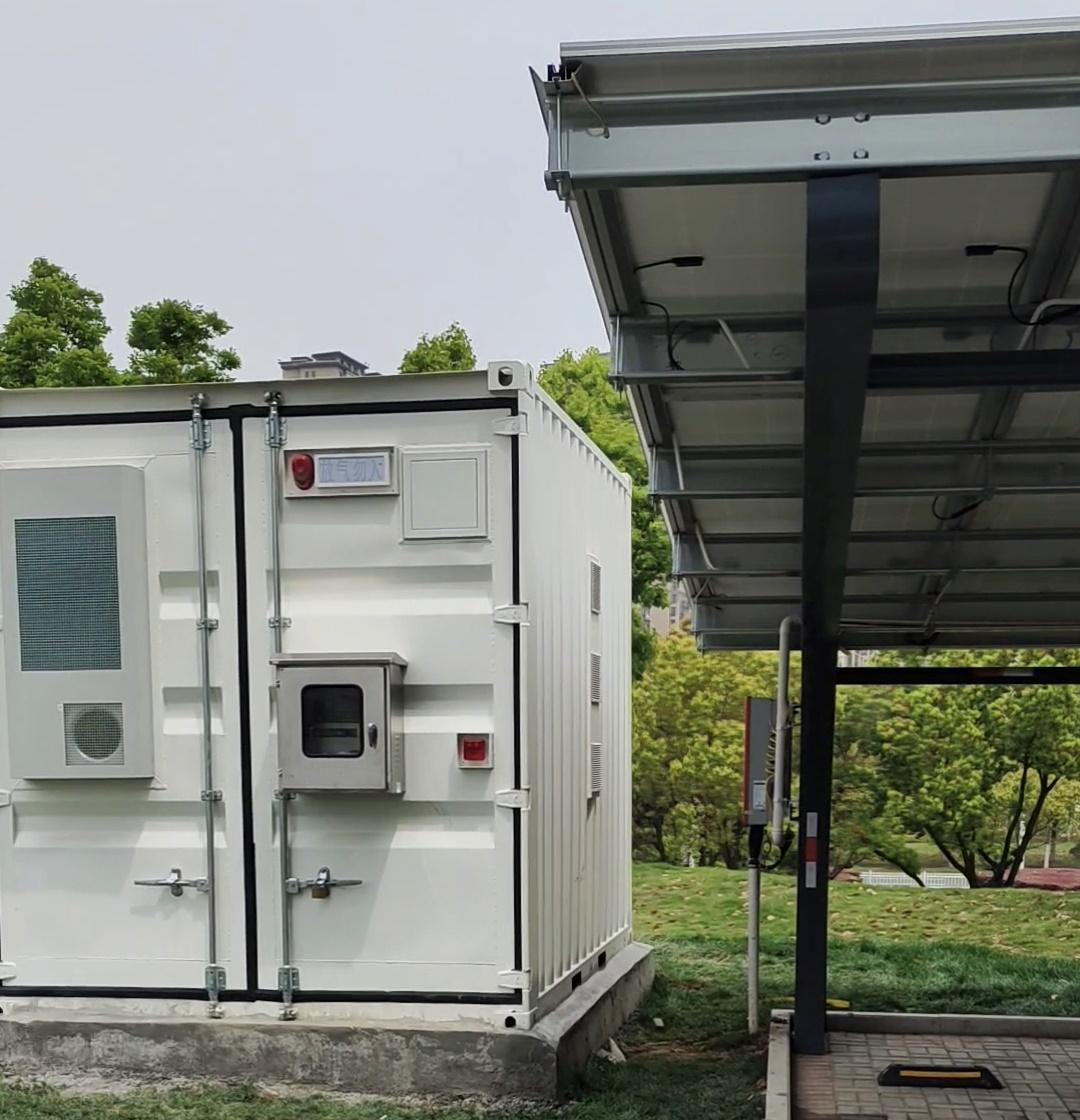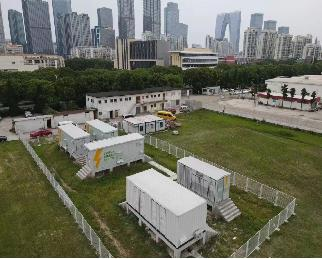Wedoany.com Report-Nov 23, Research led by the University of Sheffield installed an off-grid agrivoltaic system in Tanzania and a grid-tied agrivoltaic system in Kenya. They found the installations helped boost crop yield and conserve water while generating electricity at a lower cost than the national grid.
An international research team has assessed the benefits of deploying agrivoltaic systems in Kenya and Tanzania.
“Despite the huge potential for PV in East Africa, along with urgent food security needs, the potential for agrivoltaics in the region had not been explored. Not only that, but some of our findings differ markedly from other studies conducted elsewhere, such as Europe, largely due to the differences in climate,” the research’s corresponding author Richard Randle-Boggis told pv magazine. “We were surprised to see how well maize performed, not just because we were expecting lower yields under the shading of the solar panels, but because it’s such an important crop for the region.”
“We also found that more crops survived under the panels during a hot period, potentially indicating that agrivoltaics could protect crops from the more challenging climate conditions predicted for the future,” added Randle-Boggis. The team had been expecting to save on water use, but seeing it translate into “more crop per drop” with some crops producing higher yields while using less irrigation “was a really exciting finding.”
The research paper “Harvesting the sun twice: Energy, food and water benefits from agrivoltaics in East Africa,” available in Renewable Sustainable Energy Reviews, says research into the benefits of agrivoltaics on the food-energy-water nexus is currently lacking in sub-Saharan Africa.
The research paper features data on electricity production, crop performance, irrigation and environmental parameters collected by the two systems: a 36.6 kW off-grid array located in Morogoro, eastern Tanzania, at the home of agricultural organization Sustainable Agriculture Tanzania (SAT); and a 62.1 kW grid-tied array located in Isinya, southern Kenya, at the headquarters of agriculture business Latia Agribusiness Solutions (LAS).
Both arrays were raised 3 m above the ground and have a 50% panel density. They each feature 345 W solar modules connected in groups of three, tilted 10 degrees north, which the paper says was selected to allow for sufficient water runoff and to reduce panel soiling. A rainwater harvesting system with guttering at the lower edges of the solar panels was installed to channel rainwater and panel cleaning water into storage tanks, which supplemented existing centralized irrigation systems.
Between June 2022 and May 2023, the Tanzanian system generated 12.55 MWh of electricity, which the researchers estimate is equivalent to saving $5,310 a year against electricity from the Tanzanian national grid. In Kenya, the system generated 30.13 MWh, equivalent to 56% of the electricity consumed by LAS annually. The researchers say this is a saving of $5,725 against the price of the grid but added that if fully utilized, the system could generate savings in excess of $18,000.
The researchers analyzed eight types of crop growth at the Tanzanian site and four types of crop growth in Kenya. Some crops, such as maize, Swiss chard and beans, thrived under the agrivoltaics, but the research paper says even those that had lower yields still generated economic returns expected for the region.
Crop survivability during warm periods improved under the agrivoltaic system. Panel shading also contributed to the greater yield of some crops and helped reduce irrigation demand, while rainwater harvesting from panel runoff further reduced irrigation needs. The shade also helped to reduce water loss experienced through evaporation.
“By shading crops with solar panels, we created a microclimate that helped certain crops produce more, but they were also better able to survive heat waves and the shade helped conserve water, which is crucial in a region severely threatened by climate change,” said Professor Sue Hartley, senior author of the study.
In its conclusion, the research paper says agrivoltaics, whether grid-tied or off-grid, can address multiple sustainability goals in East Africa simultaneously by contributing to energy security, climate change-resilient food production and water conservation in the region. “This technology could therefore offer significant benefits to governments and decision-makers seeking to optimize development investments for maximum impact,” the paper adds.
But it also highlights that some results in the study contrast with those found from existing agrivoltaics research in temperate regions. “It's important to remember that one size doesn't fit all,” said Dr Richard Randle-Boggis, lead author of the study. “We need to tailor these systems to specific locations, especially in hot and dry climates.”
The international research team was led by the University of Sheffield in collaboration with the Center for International Forestry Research and World Agroforestry and the University of Arizona.
“Overall, we’ve shown that agrivoltaics can benefit food, energy and water systems concomitantly in East Africa,” said Randle-Boggis. Looking ahead, the research will continue investigating economics and regional conditions for agrivoltaics. “Now we’ve demonstrated the food, energy and water performance of agrivoltaics in the region, next is to understand the full economics of such systems and determine viable business models to support the uptake of the technology. We’re also looking to see where agrivoltaics would be best located within the region, to help guide decision-making,” said Randle-Boggis.
